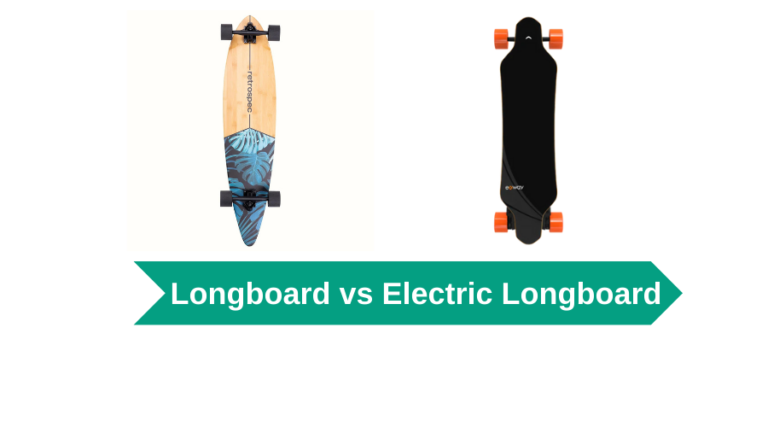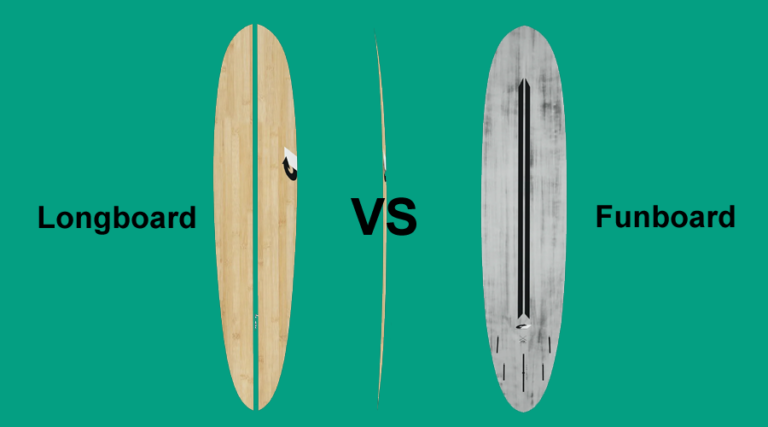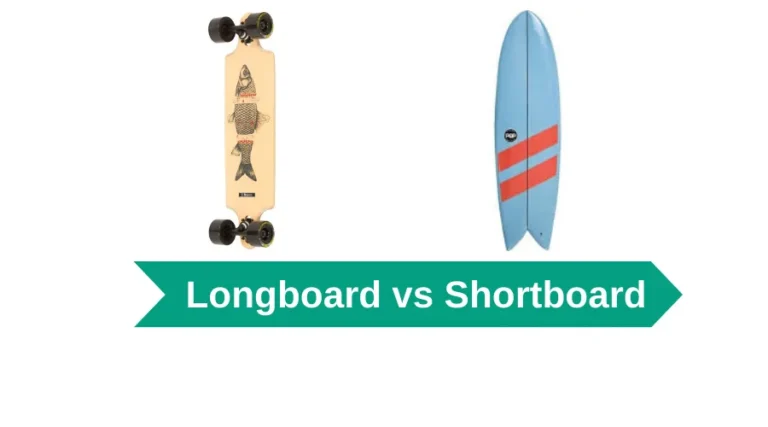Longboard vs Bike: Which one is right for you?
When it comes to deciding between a longboard and a bike for commuting or just for fun, there’s a lot to consider. Both have their unique advantages and disadvantages, and your choice ultimately depends on your personal preference, skill level, and the type of commuting you plan to do. In this post, we’ll delve deep into the long-standing debate of longboard vs bike.
A Brief Overview: Longboard vs Bike
Before we delve into the nitty-gritty of the longboard vs bike debate, it’s worth giving a brief overview of each.
- Longboard: A longboard is a type of skateboard that’s longer and often wider than a standard skateboard. They are commonly used for transportation, downhill racing, or simply cruising around town. Longboards can be used on both roads and sidewalks, offering a unique form of transport that’s highly flexible.
- Bike: A bike, short for bicycle, is a two-wheeled vehicle that’s propelled by pedals. Bikes are used worldwide for commuting, recreation, and sport. They are versatile, relatively fast, and can be used on a wide range of terrains.
The Pros and Cons of Longboards and Bikes
Let’s break down the pros and cons of each mode of transport to make your decision easier.
Longboards
Pros:
- Flexibility: One of the main advantages of a longboard is its flexibility. You can use it on roads, sidewalks, or even skate parks. This makes it a versatile option for commuting or leisurely rides.
- Cost: In terms of initial investment, a longboard can be more affordable than a bike. A high-end longboard costs between $90 and $250, according to Riding Boards.
Cons:
- Braking: Unlike bikes, longboards don’t have dedicated brakes. To stop, you’ll need to rely on your foot and skills, which can be challenging, especially for beginners or when going downhill at high speeds.
- Speed and Balance: If you want to go fast on a longboard, you need to lean forward, which can throw your body off balance.
Bikes
Pros:
- Speed: Bikes are generally faster than longboards, making them a good option if you need to cover longer distances or if speed is a priority.
- Braking System: Bikes have dedicated brakes, providing more control over speed and stopping, especially on downhill rides.
Cons:
- Cost: Bikes can be more expensive than longboards. Depending on the model and features, a bike can cost several hundred dollars.
- Flexibility: While bikes can be ridden on various terrains, they may not be as flexible as longboards in terms of where they can be used. For example, it’s generally not acceptable to ride bikes on sidewalks in many places.

The Final Verdict: Longboard or Bike?
The decision between a longboard and a bike ultimately comes down to your personal preference, your commuting needs, and your comfort level with each mode of transport.
If you are looking for a flexible, cost-effective option and don’t mind the lack of dedicated brakes, a longboard may be the way to go. On the other hand, if you prefer a faster option with a reliable braking system and don’t mind the potentially higher cost, a bike might be your best bet.

I am a longboarding enthusiast and a blogger. On this blog, I share tips, tricks, and advice based on my experience. I am dedicated to helping newbies improve their skills and enjoy this fun activity to the fullest.
Disclosure:This post may contain affiliate links. If you click on a link and make a purchase, we may earn a commission at no additional cost to you. Learn more.







